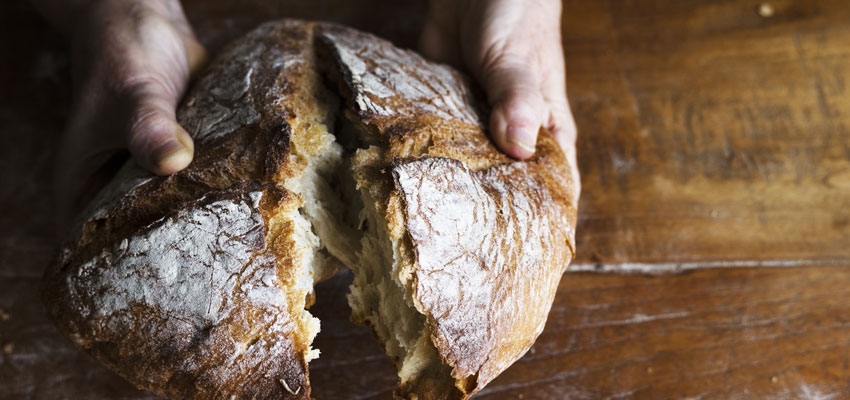Not only because we spend more time at home due to the Corona pandemic, many of us now like to bake our daily bread ourselves once in a while. The mills offer many varied baking mixtures for this purpose.
The mixes usually already contain all the ingredients in a perfect mixture, so all you have to do is add a certain amount of water, knead the dough and let it rise briefly. A short time later, the smell of freshly baked bread escapes from the oven or baking machine. Who can resist that? Still warm and with a crispy crust, it tastes great.
The testers of the consumer magazine “Ökotest” therefore could not resist and had 20 bread baking mixtures and the breads made from them - strictly according to the baking instructions - examined. The results were presented in the November issue. Eight of the twenty bread samples were found to contain elevated levels of acrylamide. Only a few breads exceeded the current benchmark level of 50µg/kg according to regulation (EC) 2017/2158. But “Ökotest” already devalued the baking mixtures when 50% of this guideline value was exceeded in the bread.
Acrylamide is formed naturally during the baking process. It is suspected of being carcinogenic. The formation of acrylamide can be influenced by optimising baking time and temperature. The testers therefore recommended revising the baking instructions for the baking mixtures in question.
Investigations at the University of Hohenheim (Stuttgart) showed that bread should be baked at home either for a short time at temperatures around 280°C or for a longer time at a maximum of 200°C. In any case, it is also important to bake bread at a lower temperature. When using baking mixes, it is always important to ensure that the dough rests sufficiently before baking. Because during this time, the yeast not only ensures that the bread forms an evenly loose crumb, but it also breaks down aspartic acid, from which the harmful acrylamide is otherwise formed later in the hot oven.
By the way, in addition to the benchmark levels, the EU Commission is currently working on setting binding maximum levels for acrylamide.
YOUR PLUS: At least for all professional bakers, it is worthwhile to systematically optimise the process conditions so that as little acrylamide as possible is produced during baking.
We accompany you with our analytical expertise in acrylamide determination. AGROLAB LUFA was one of the first private laboratories in Europe to offer this analysis as a routine test using LC MS/MS.
Author: Dr. Frank Mörsberger

 Contact
Contact

 Contact
Contact Career
Career